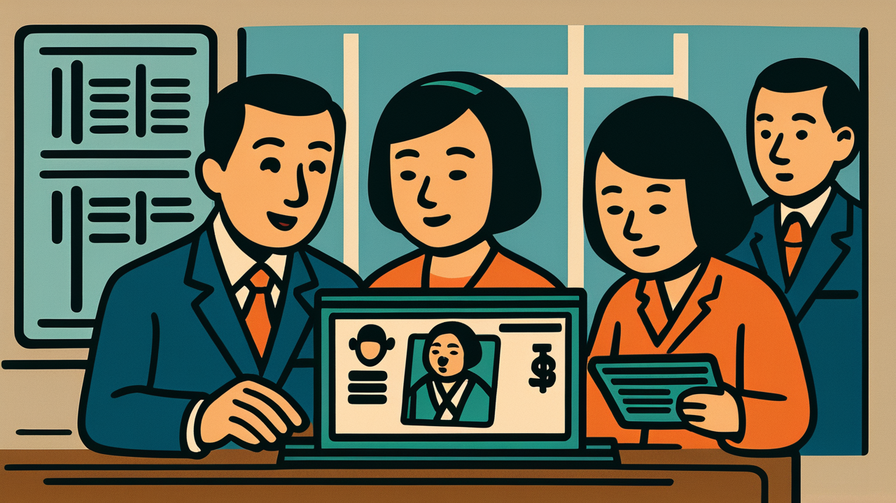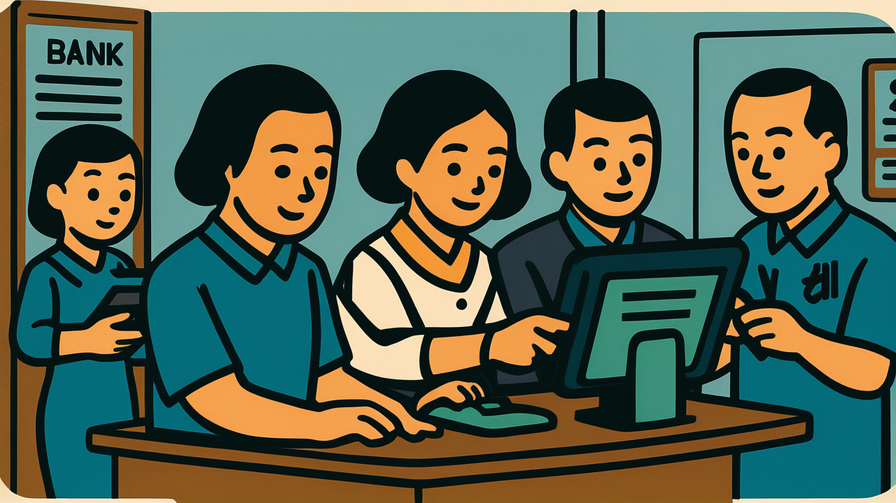[Disclaimer] This article is reconstructed based on information from external sources. Please verify the original source before referring to this content.
News Summary
The following content was published online. A translated summary is presented below. See the source for details.
Japan’s Digital Agency updated its FAQ page for the bank account numbering system on July 22, 2025, with revisions to answers A9-11, A9-15, and A9-19. The system allows citizens to voluntarily link their My Number (Japan’s personal identification number) to bank accounts. This creates significant benefits during inheritance proceedings and natural disasters. When someone passes away, family members can check all banks at once to find accounts linked to the deceased person’s My Number. During disasters, people who lost their bank documents can quickly locate their accounts. The FAQ addresses 22 detailed questions including registration methods, eligible financial institutions, privacy concerns, and the differences from the public benefit payment account system. The system covers all financial institutions in Japan, though some have limited participation. Registration can be done at banks or through the My Number Portal online platform.
Source: Digital Agency Japan
Our Commentary
Background and Context

The bank account numbering system represents a practical solution to real-world problems Japanese families face. Imagine your grandfather passes away, and your family doesn’t know where he kept all his bank accounts. In the past, families had to visit every single bank in Japan to check – that could mean hundreds of visits! Now, with this system, you can check all participating banks from just one location.
This voluntary system launched as part of Japan’s broader efforts to modernize financial services while respecting privacy concerns. Unlike mandatory systems in some countries, Japan chose an opt-in approach where citizens decide whether to link their My Number to their bank accounts.
The timing is significant. Japan faces an aging society where inheritance procedures are becoming increasingly common. Natural disasters like earthquakes and tsunamis also regularly affect the country, making disaster recovery features essential for citizen welfare.
Expert Analysis
The FAQ updates reveal important operational details. The revisions to answers about notification procedures (A9-11, A9-19) suggest the government is refining how results are communicated to users. The emphasis on non-forwarding postal mail for security notifications shows careful attention to preventing identity fraud.
The distinction between this system and the public benefit payment account system is crucial. While both use My Number, they serve different purposes. The bank account numbering system is primarily for personal financial management during life events, while the payment account system facilitates government transfers.
Privacy protections appear robust. The FAQ explicitly states that registering doesn’t give the government access to account balances or transaction histories. Banks don’t automatically report financial information to the government just because a My Number is linked.
Additional Data and Fact Reinforcement
The system’s scope is comprehensive, covering traditional banks, credit unions, agricultural cooperatives (JA Banks), and online banks. However, the mention of “some institutions with limited participation” indicates ongoing integration challenges with Japan’s diverse financial sector.
For inheritance procedures, the system allows searches up to 10 years after death, providing ample time for complex estate settlements. The requirement for legal documentation proving heir status prevents unauthorized access while maintaining efficiency.
The disaster recovery feature targets a specific need – when people lose physical banking documents in emergencies, they can still access their financial resources. This feature likely emerged from experiences during the 2011 Great East Japan Earthquake when many evacuees couldn’t access funds due to lost passbooks.
Related News
This FAQ update connects to several ongoing digital initiatives in Japan. The My Number card adoption campaign continues to expand, with over 80% of the population now holding cards. Local governments are integrating My Number into various services, from health insurance to tax filing.
Financial institutions are also modernizing their systems. Many banks now offer completely digital account opening procedures, eliminating paper forms. The integration with My Number represents another step toward comprehensive digitalization of financial services.
Summary

The updated FAQ demonstrates Japan’s commitment to making the bank account numbering system more user-friendly while maintaining security and privacy. The system addresses practical needs – helping families during bereavement and citizens during disasters – without creating mandatory surveillance infrastructure. The voluntary nature respects individual choice while offering clear benefits to participants. As Japan’s population ages and natural disaster preparedness remains crucial, such systems become increasingly valuable for social stability and citizen welfare.
Public Reaction
Initial public response has been cautiously positive, with inheritance lawyers particularly welcoming the system for simplifying estate procedures. Privacy advocates appreciate the voluntary nature and explicit limitations on government data access. Some elderly citizens express concerns about the digital registration process, highlighting the importance of maintaining offline options at bank branches.
Frequently Asked Questions
Is this system mandatory? No, linking your My Number to bank accounts is completely voluntary. Banks may ask if you want to register, but you can decline.
Can the government see my bank balance? No, registering doesn’t give the government automatic access to your financial information. They can only request information for specific legal purposes like tax investigations, just as before.
What if I move to a new address? Based on the FAQ updates, notifications use non-forwarding mail for security. You’ll need to update your address with relevant institutions before moving to ensure you receive important communications.


